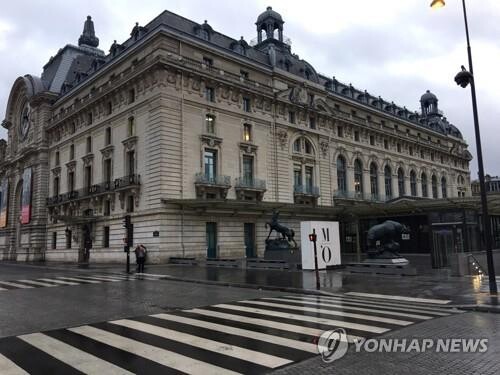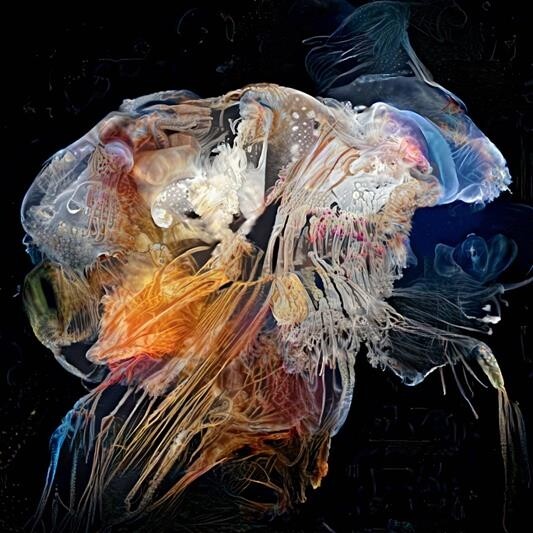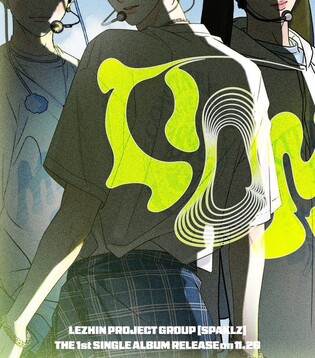*Editor’s note: K-VIBE invites experts from various K-culture sectors to share their extraordinary discovery about the Korean culture.
Impressionism and AI Art
Contributed by Lee Eun-jun (professor at Kyungil University)

The advent of portable cameras in mid-19th century Europe revolutionized both photography and the field of visual arts, giving rise to a new profession—snapshot photographers—who captured scenes and angles that traditional painting could not. This innovation began to threaten the livelihood of painters, much like the introduction of the camera obscura had earlier threatened portrait artists.
The portable camera posed an existential challenge to painters, prompting figures like Claude Monet to seek new artistic directions, not out of mere curiosity but out of a desperate need to survive.
 |
| ▲ This Yonhap file photo shows Monet's "The Grand Canal." (Yonhap) |
Monet, among other artists, was forced to move beyond the realistic representations that had dominated painting until then. This necessity led to the birth of Impressionism, a movement that sought to capture the fleeting effects of light and color rather than precise details.
 |
| ▲ The Great Wave off Kanagawa by Katsushika Hokusai. (Source: Wikipedia) |
The movement was also heavily influenced by the Japanese colored woodblock prints used as packaging for imported ceramics, which introduced Western artists to novel perspectives on space and simplification.
The first Impressionist exhibition was held in Paris in 1874, organized by Claude Monet and Jean Renoir, and featured around 30 artists, most of whom were relatively unknown at the time. A critic famously dismissed the works as merely "impressions" of reality, coining the term "Impressionism" in the process.
 |
| ▲ 1874 First Impressionist Exhibition Poster. (Source: Wikipedia) |
This criticism, however, did not stop the artists from revolutionizing the art world. Monet's series on water lilies, for instance, showcased his innovative approach to capturing the subtle changes in natural light over time.
Monet’s works, such as "Water Lilies - Clouds" and "Water Lilies - Sunset," exemplify the Impressionist focus on the ephemeral qualities of light and color.
 |
| ▲ Monet's Water Lilies - Clouds (1920–1926). (Source: Musée de l'Orangerie, Paris) |
By repeatedly painting the same location at different times of day, Monet documented the passage of time through shifts in natural light, an approach that was groundbreaking in its time but is now regarded as a classic.
 |
| ▲ Monet's Water Lilies - Sunset (1920–1926). (Source: Musée de l'Orangerie, Paris) |
This year marks the 150th anniversary of the first Impressionist exhibition, and to celebrate, the Musée d'Orsay in Paris hosted a special exhibition replicating the original 1874 show, featuring works by Monet, Degas, Pissarro, and Cézanne. This exhibition will also travel to Washington, D.C., next year, allowing a wider audience to experience the origins of this influential art movement.
 |
| ▲ This Yonhap file photo shows Musée d'Orsay, Paris. (Yonhap) |
As history often repeats itself, the rise of AI in art today echoes the technological disruptions that led to Impressionism. Just as the introduction of portable cameras spurred painters to explore new creative avenues, AI is now pushing artists to reconsider the possibilities of their medium. The initial shock of new technology giving way to a rich, expanded artistic vocabulary is a cycle we see playing out once again.
AI art, like Impressionism in its time, challenges traditional notions of creativity and technique. Over time, what is now considered avant-garde may become another respected genre within the art historical canon. The works of AI artists, such as Argentina-born Sofia Crespo, who creates digital art that merges biological forms with machine learning algorithms, suggest the beginning of a new chapter in the evolution of art.
 |
| ▲ Artwork by Argentina-born AI artist Sofia Crespo. (Source: Wikipedia) |
Just as the public once learned to appreciate the novel perspectives offered by Impressionism, today's audiences are beginning to engage with the new aesthetics and methodologies introduced by AI art.
(C) Yonhap News Agency. All Rights Reserved


































